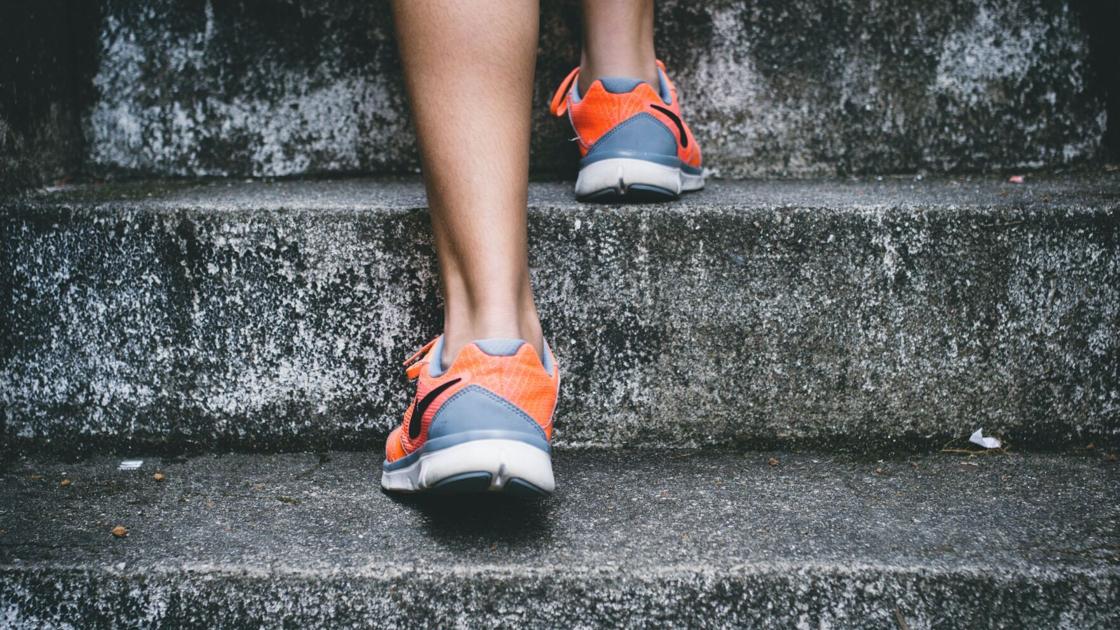
Exercise is so important to our health and wellbeing. It prevents many serious and chronic conditions. It lifts our mood and even improves our immune response. That’s why health professionals have been eager to tell people to get more exercise. For those who have had COVID-19, though, physicians are advising caution.
While there’s a lot we still don’t know about COVID-19, we do know that the virus can damage the heart, brain, lungs, and kidneys, even among previously healthy people who had mild illness. For instance, myocarditis is an inflammation of the heart caused by a viral infection. The condition was present in 60 out of 100 former COVID patients in a recent cardiology study. It can make vigorous activity more difficult and even deadly. Other heart issues, like arrhythmia, an abnormal heartbeat, can crop up. Similarly, blood clots are more common among people who have had COVID-19 and can be deadly if they reach the lungs. The risks for these conditions increase with exercise.
No strenuous exercise when you’re sick. In the past, doctors often tell people who are feeling ill to exercise, if they think it would make them feel better. That is not the case with COVID-19. No one with COVID symptoms or a positive COVID-19 test should exercise strenuously, even if they feel able. Instead, focus on rest, hydration, and good nutrition.
Talk to your doctor. If you’ve had COVID-19, it’s very important to talk to your primary care provider before starting or returning to strenuous exercise, especially if you experienced chest pain, shortness of breath, or fatigue during your illness. Your doctor may recommend 7 days – 2 weeks before exercising. Your doctor may even recommend cardiac tests before making a recommendation about whether you should resume exercise.
Everybody is different. Many factors affect the recommendations your doctor will make, including your fitness level before being infected, the severity of your COVID-19 case, the symptoms you had, and whether you continue to have any after effects.
Take it slow. You may have lost some of your capacity to exercise, because you have not been able to exercise for a time. Muscle strength, tone, and conditioning all decrease rapidly, even over as little as a week. This would be the case with any injury or other illness. Some active people will find it easier to resume exercise than others, but everyone should take it easy. Your doctor will likely recommend that you start with 50 percent or less of your pre-COVID exercise capacity.
Listen to your body. This is not the time to push it. Instead, be mindful of what you are feeling as you exercise and stop if you experience any “red flag” symptoms. They include:
• Chest pain or heart palpitations, a high heart rate not proportional to exertion level, or prolonged heart rate recovery
• Nausea, headache, lightheadedness, or dizziness
• Shortness of breath, difficulty catching breath, or abnormal rapid breathing
• Excessive level of fatigue, swelling in the extremities, passing out, tunnel vision, or loss of vision.
If any of these symptoms arise and don’t immediately resolve, consult your doctor. If they do resolve, rest for at least 24 hours. Start back up at a less intense level. Even those who experience no symptoms should take a slow, stepwise approach.
Be patient. Your recovery could be slow. It’s far safer to increase your activity slowly, rather than rush to reach your previous fitness level.
"about" - Google News
April 17, 2021 at 12:42AM
https://ift.tt/2RIGZqr
Health matters: Important information about post-COVID exercise - Bennington Banner
"about" - Google News
https://ift.tt/2MjBJUT
Bagikan Berita Ini















0 Response to "Health matters: Important information about post-COVID exercise - Bennington Banner"
Post a Comment